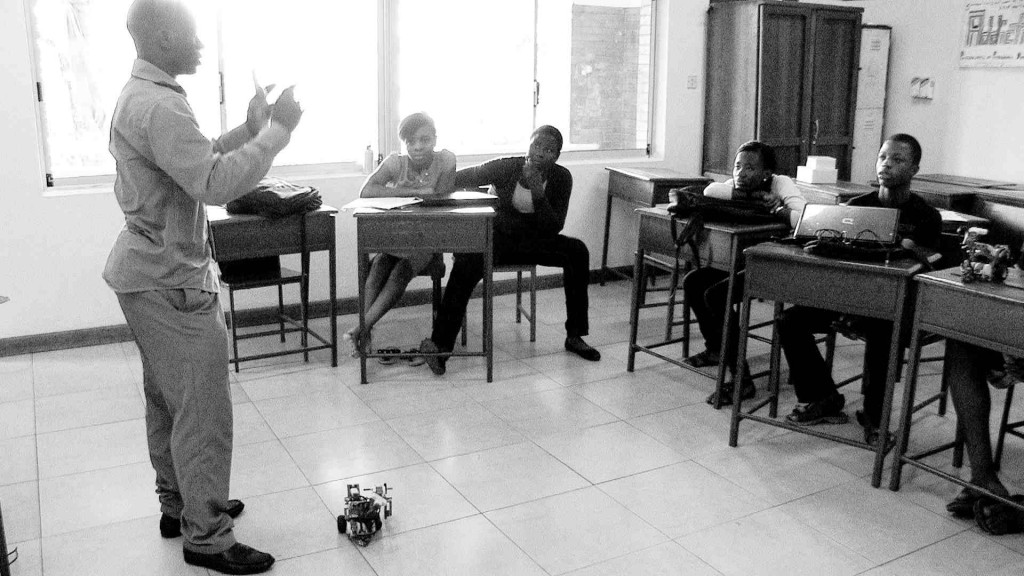Oldies Aren’t The Only Goodies
I’m embarrassed to admit I have never seen Citizen Kane (1941). Yes, I know for a filmmaker that’s sacrilege. I found my love of making movies late. Yes, I’m aware that’s just an excuse, but I’m using it anyway.
I’ve often felt inadequate among cinephiles, who’ve seen all the classics ten times over and wield encyclopedic knowledges of film. I respect the process of gathering knowledge and experience to become a master at something, which requires the passage of time. I’m working on catching up. What I don’t believe, however, is that the study of old films is the only way to learn the craft of cinema.
While filming Exposure Robotics League (XRL) recently, I was faced with the challenge of how to cinematically cover the main activity of the program– students testing their robots’ performance on navigating a course to complete a given task. Throughout the week leading up to the final robotic competition, as the students tested and retested their robots with different programs, I practiced filming the same scene. Closeups at the level of the robots made for interesting perspective – the small robots looked enlarged compared to their more distant and therefore smaller programmers. But that could only be interesting for a few moments. Wide shots ended up lacking purpose as the bodies of the students surrounding the task course would too often shift and obscure the small robots from the camera’s view completely. Medium shots just didn’t cut it, as required choosing between seeing the human’s face and the robot. Eventually, I decided there was no good way to cover the scene with one camera. I’d just go ahead and shoot what I could on D-day.
On the day of the challenge, there were so many media companies and sponsor cameras covering the event that it became difficult to see the team representatives facing off with their robotics at the game tables in the middle of the hall. The teammates required to stand in the sidelines craned their necks for a while, but then had to complain that they couldn’t see the play. Suddenly it clicked. The drama was in the faces of people watching! And that’s what I spent a chunk of time (though not all of the time) filming.
Today, I was thinking again about how that light bulb went off in my head. I realized that I saw this technique in Rudo Y Cursi (2008)! It’s a film about two brothers who are soccer stars on rival teams. There are no actual shots of Gael Garcia Bernal and Diego Luna, who star as the brothers, playing virtuoso soccer. All the matches are played entirely on the audiences’ reactions. And it worked! Now that’s a recent film I’ve seen, have liked and have clearly learned from. Someday (hopefully soon) I do plan to see Citizen Kane, and I know I will be all the wiser for it.
-Arthur Musah / Lagos, Nigeria / August 21, 2012

